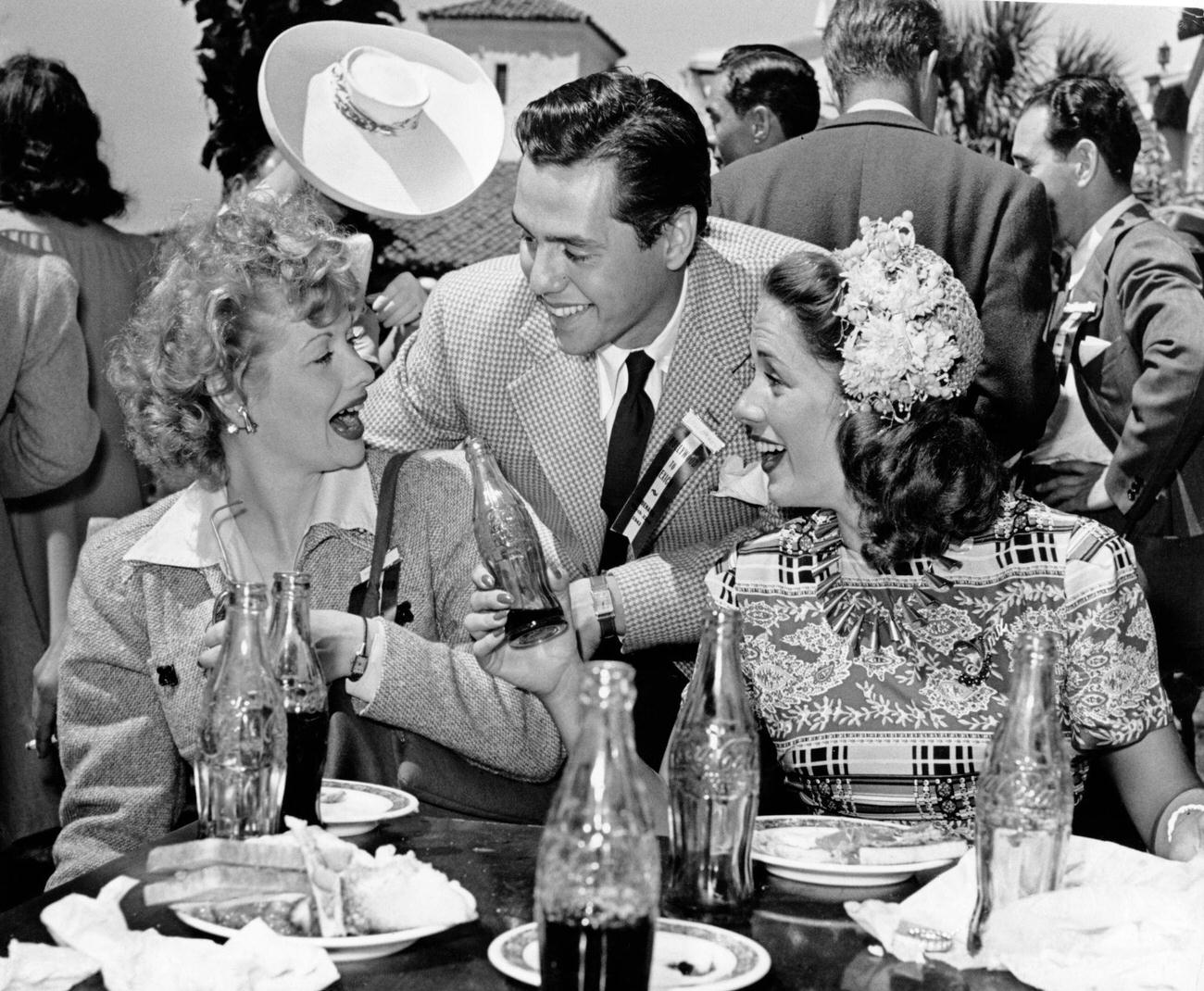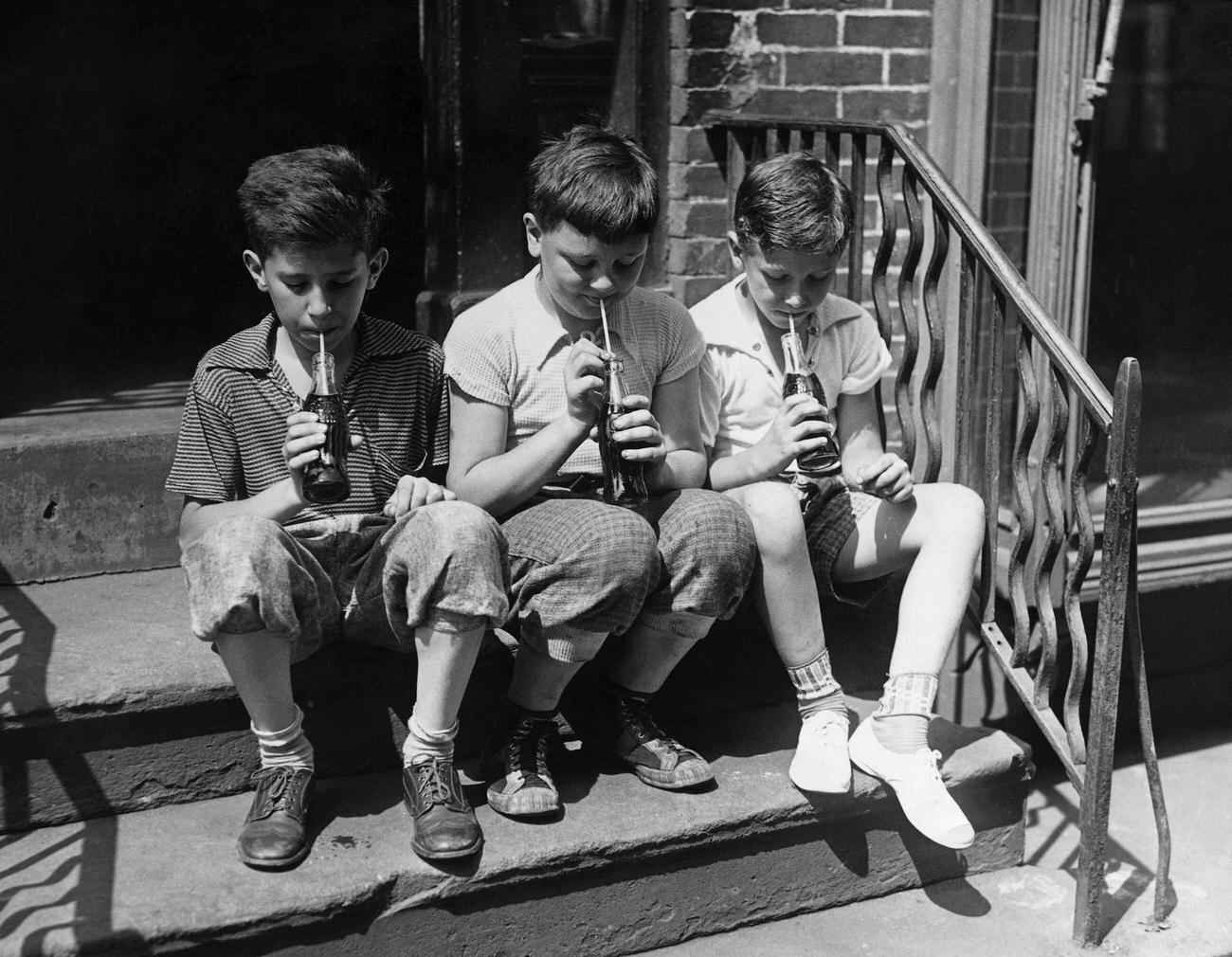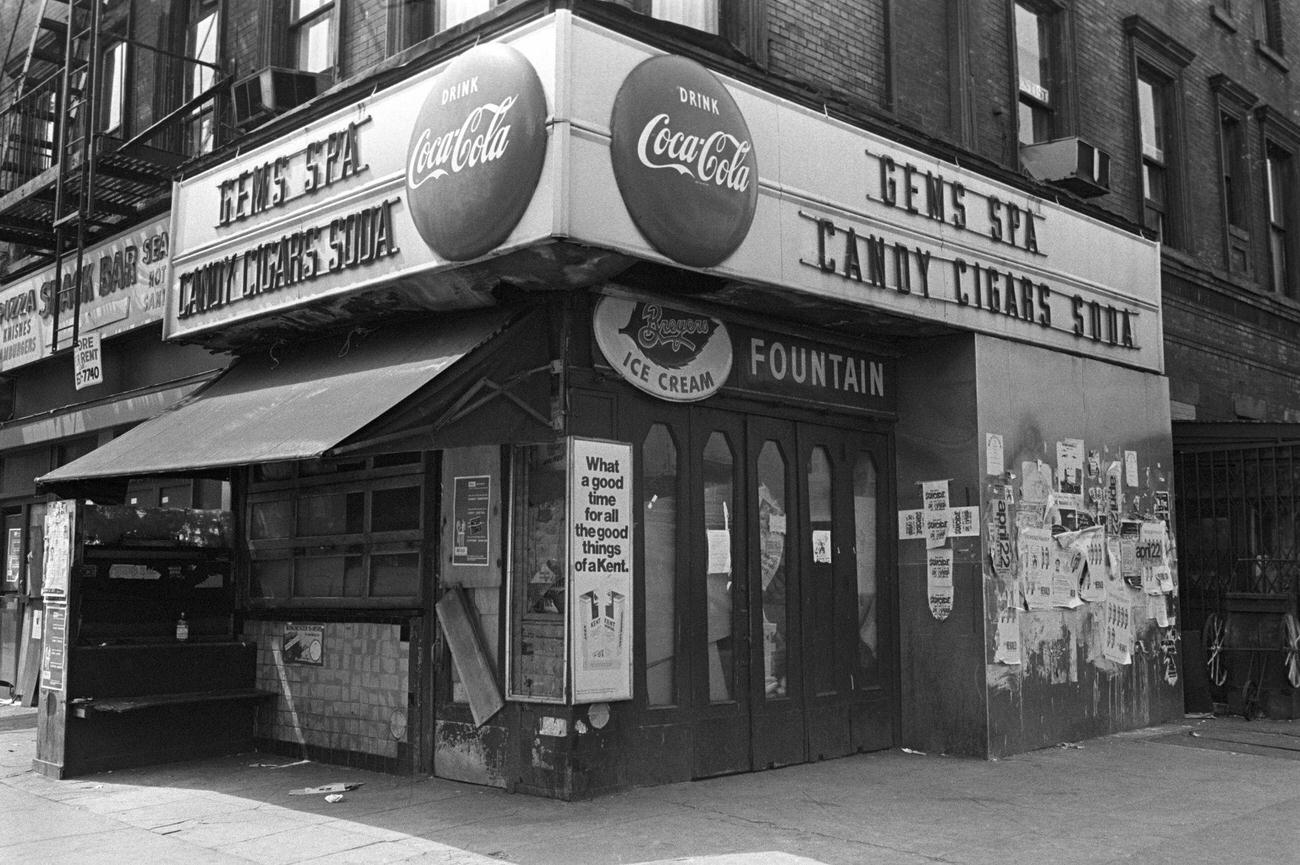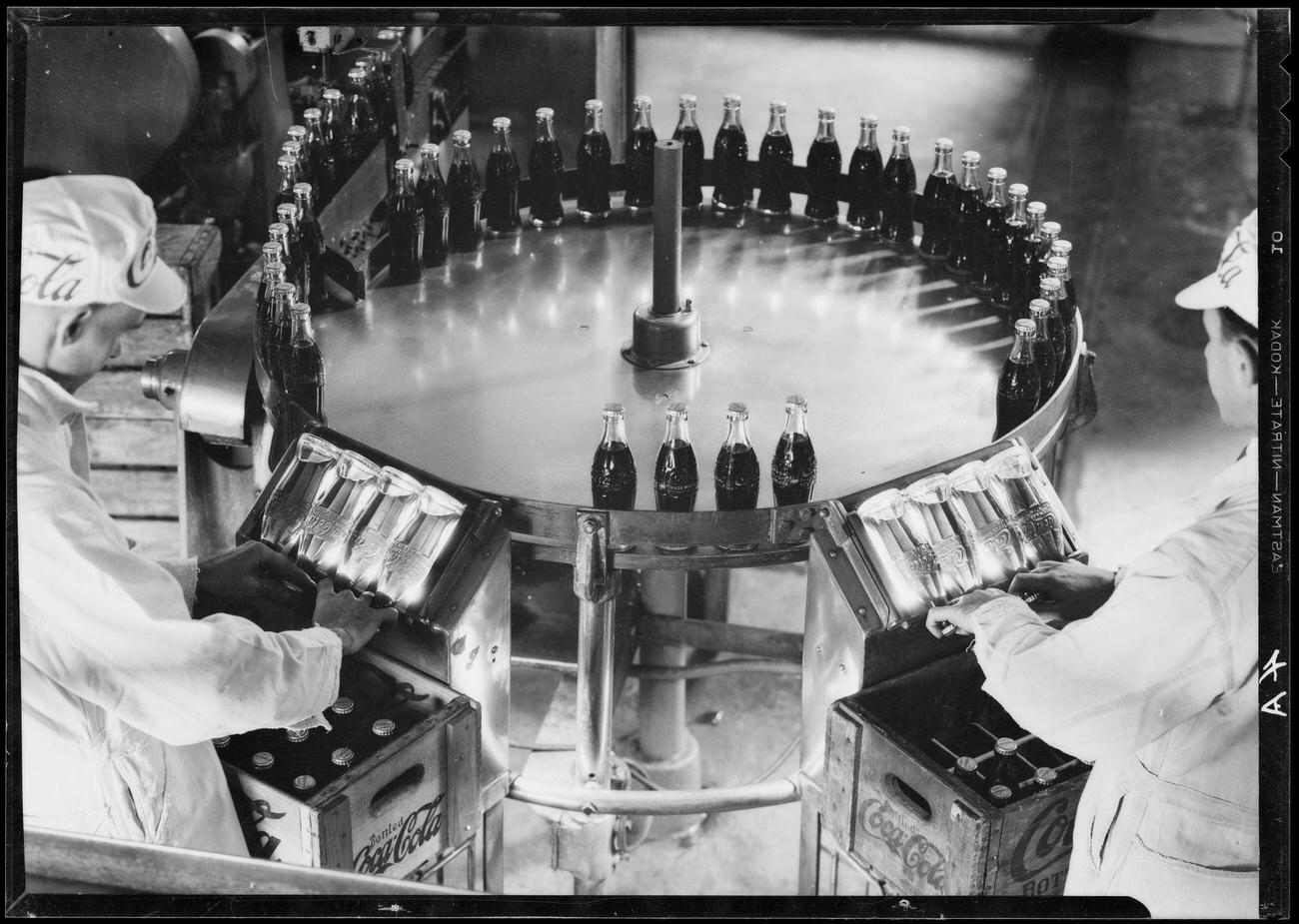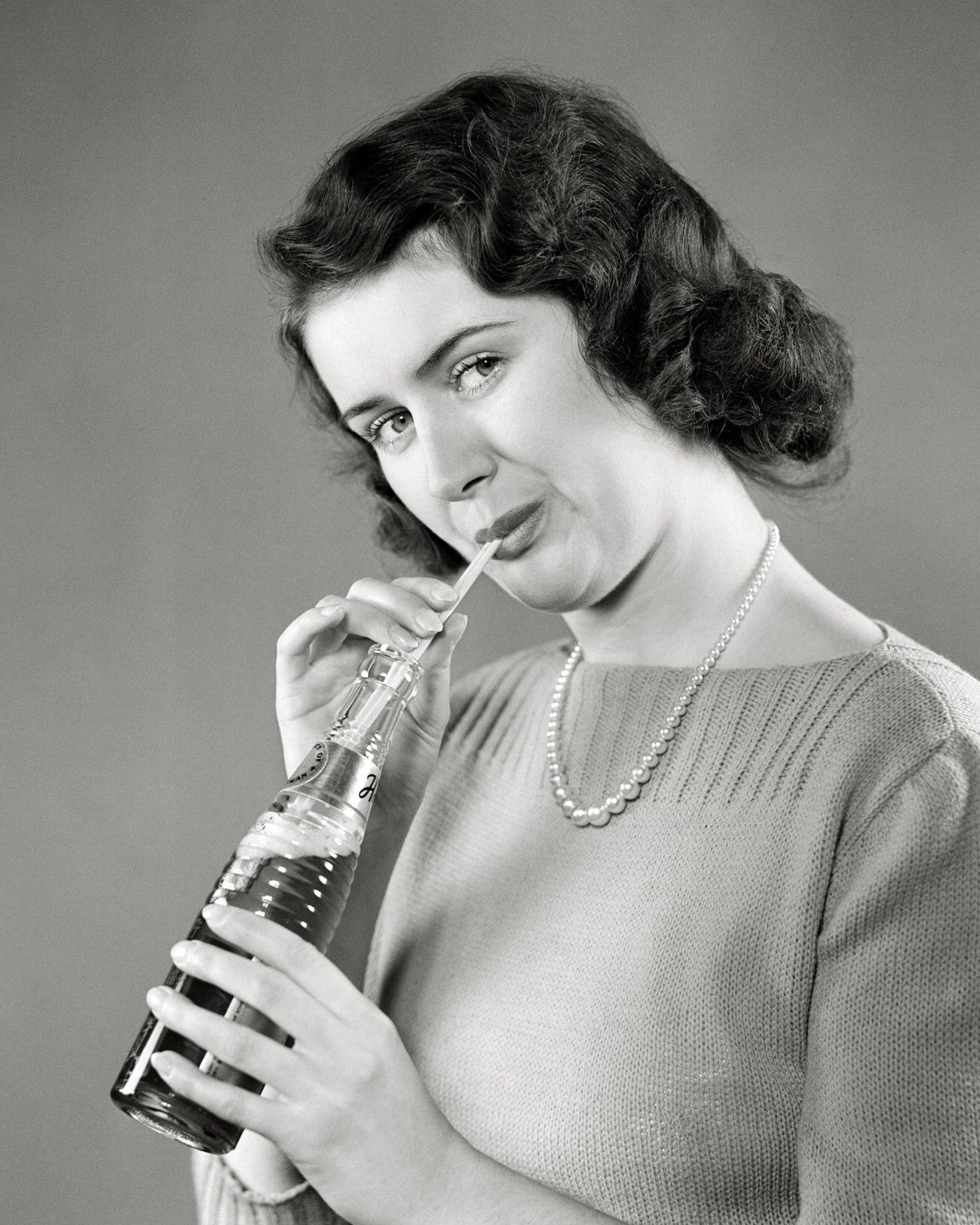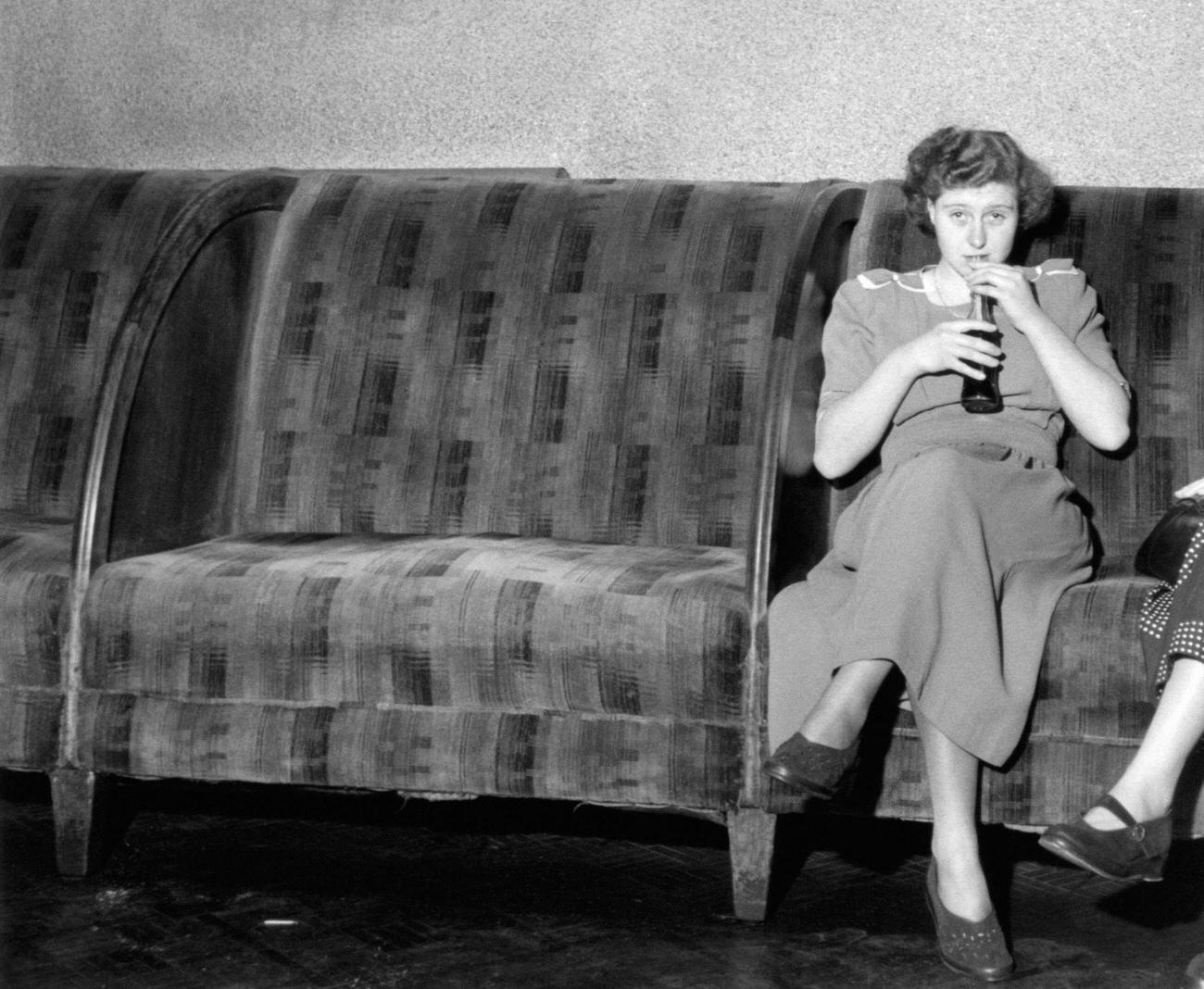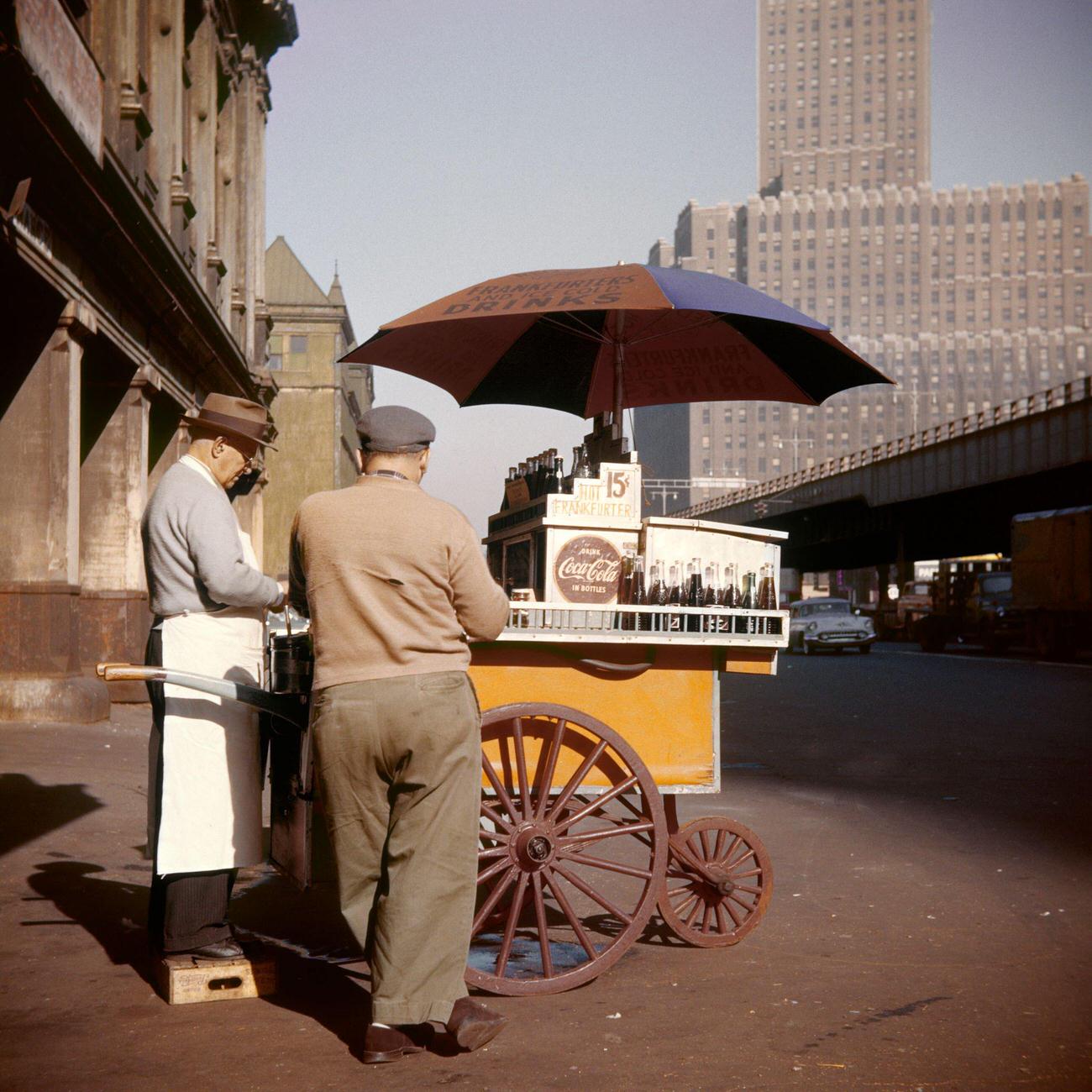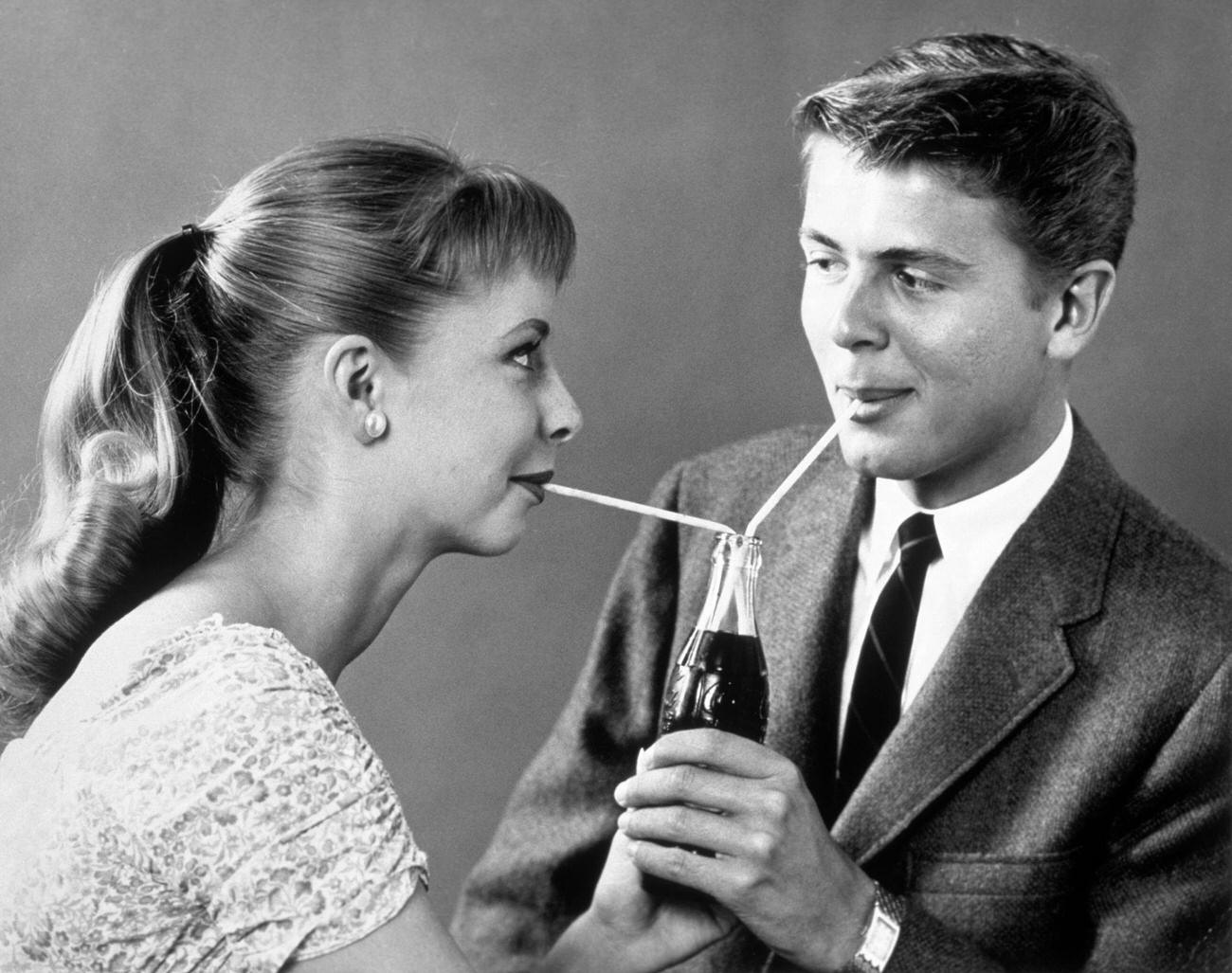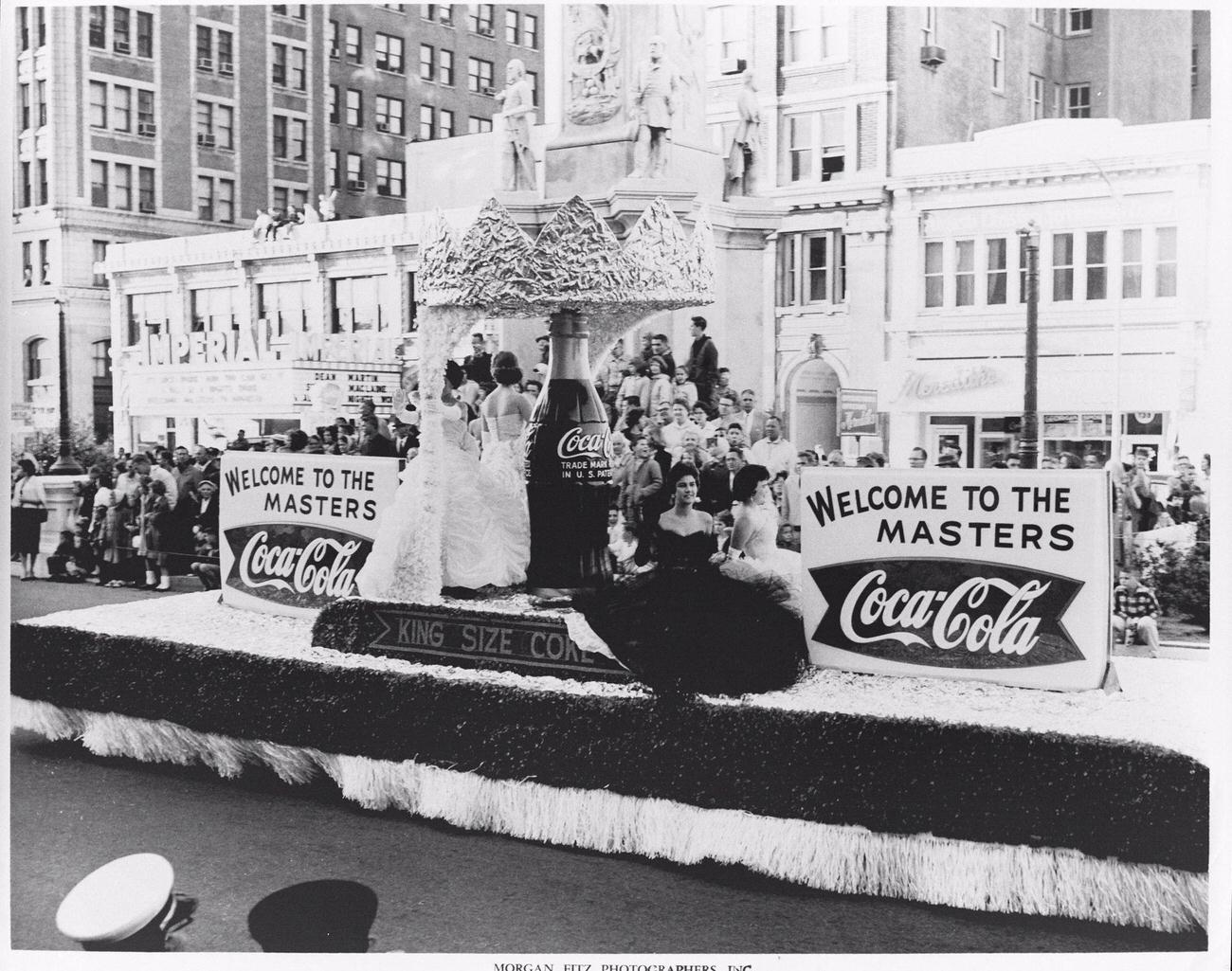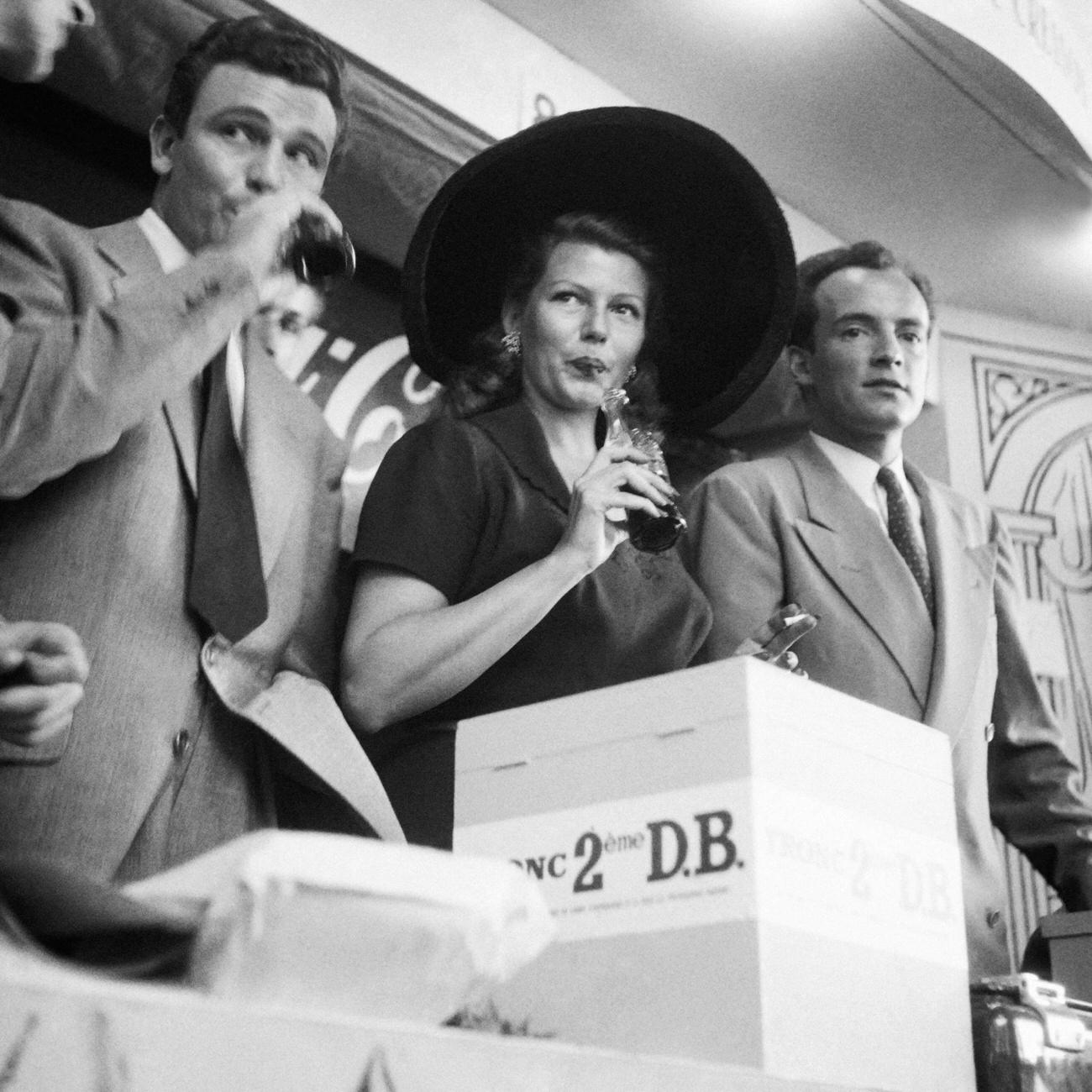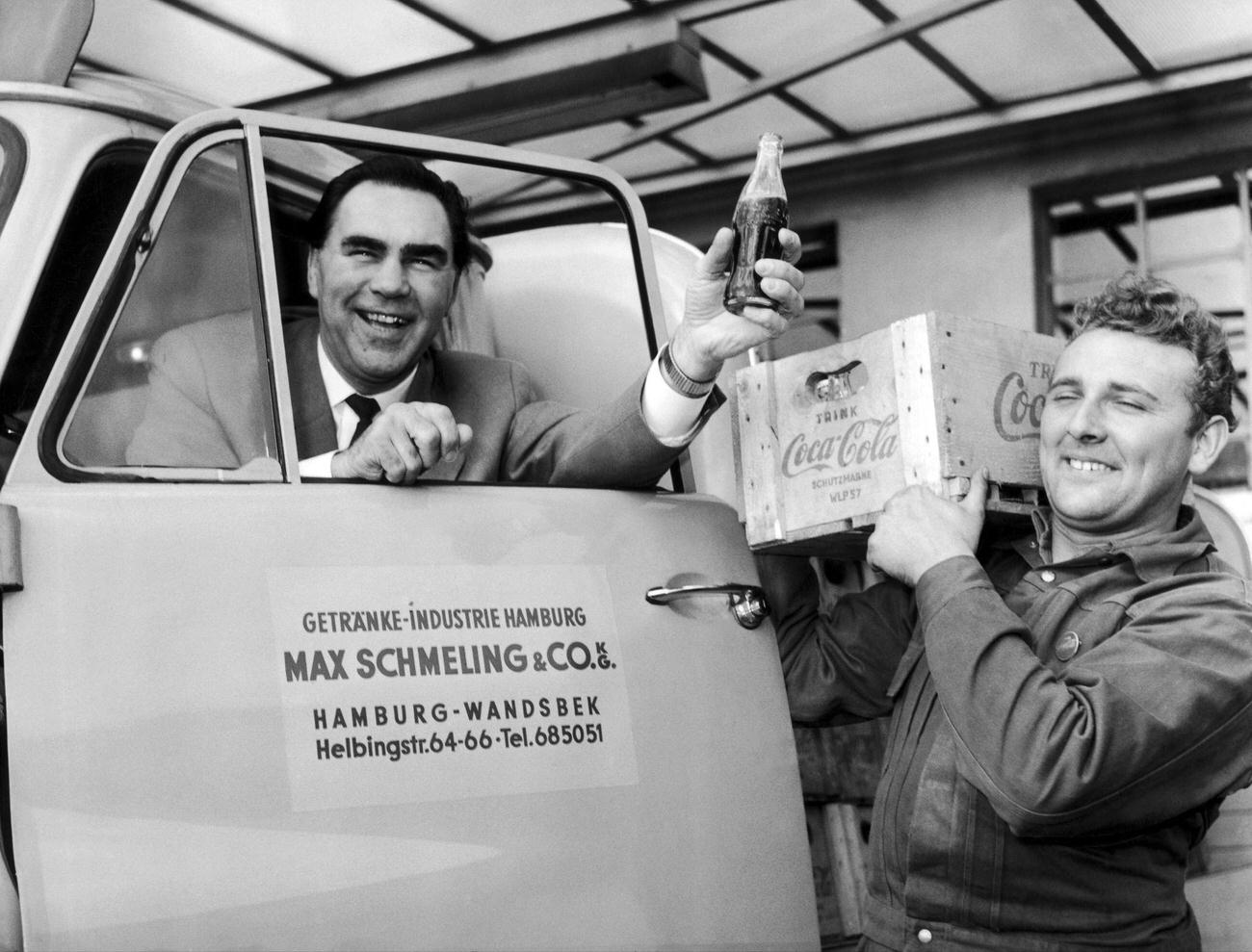Coca-Cola, one of the world’s most famous beverages, was created in 1886 by Dr. John S. Pemberton, a pharmacist in Atlanta, Georgia. Initially, it was intended as a patent medicine. Pemberton’s recipe combined coca leaf extract and kola nut caffeine, giving the drink its distinctive name and flavor. The original formulation also contained cocaine, derived from the coca leaf, though in very small amounts. Coca-Cola was first sold at Jacob’s Pharmacy in Atlanta for five cents a glass.
Early Popularity and Marketing
The drink quickly gained popularity. Pemberton’s bookkeeper, Frank M. Robinson, is credited with naming the beverage “Coca-Cola” and designing its iconic script. The early success of Coca-Cola was largely attributed to its taste and the belief in its medicinal properties. It was marketed as a tonic that could relieve headaches and act as a brain and nerve tonic. The beverage was advertised through coupons offering free samples and newspaper advertisements, a novel marketing strategy at the time.
Coca-Cola’s Formula Change
In 1904, due to health concerns and regulations, Coca-Cola’s formula was altered. The cocaine was removed, and caffeine remained as a key ingredient. This change marked a significant shift in the product’s composition, aligning it more closely with the soft drink it is known as today. Despite this change, Coca-Cola continued to be marketed for its uplifting qualities and refreshing taste..
Read more
Expansion and Bottling Innovation
Coca-Cola’s bottling system, introduced in the early 20th century, was a major innovation. Initially sold only at soda fountains, the introduction of bottle sales allowed Coca-Cola to be enjoyed at home and on the go, greatly expanding its reach and popularity. The distinctive contour bottle, introduced in 1915, became a symbol of the brand, designed to be recognizable even in the dark.
Coca-Cola During World War II
During World War II, Coca-Cola became a symbol of American life. The company took an active role in supporting the war effort, establishing bottling plants near military bases overseas to supply soldiers. This not only boosted morale among troops but also significantly expanded Coca-Cola’s global presence and popularity.
Post-War Global Expansion
After the war, Coca-Cola capitalized on its newfound international presence. The beverage became a symbol of American culture and lifestyle, with its marketing campaigns showcasing people from all walks of life enjoying the drink. Its global expansion was marked by the opening of bottling plants in different countries, making Coca-Cola a ubiquitous presence worldwide.
Coca-Cola in Modern Times
Today, Coca-Cola is enjoyed by people around the globe and has become more than just a soft drink; it’s a cultural icon. Its formula has remained largely unchanged since the removal of cocaine. The company has also introduced various flavor variations and products to adapt to changing tastes and health concerns, such as diet and zero sugar options. Coca-Cola’s enduring popularity is a testament to its taste, marketing strategies, and ability to adapt to different cultures and eras.








